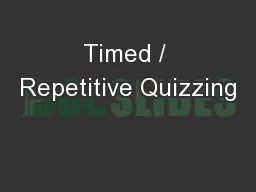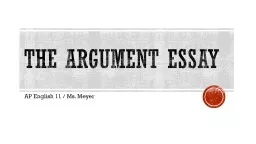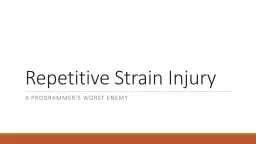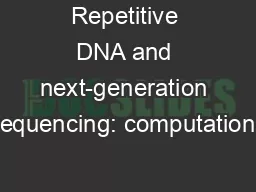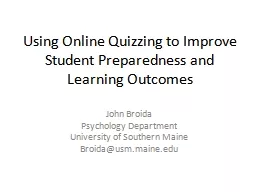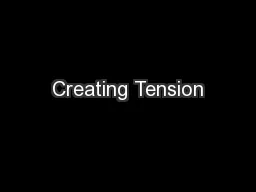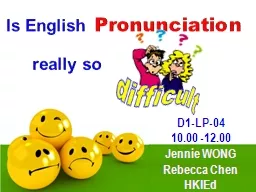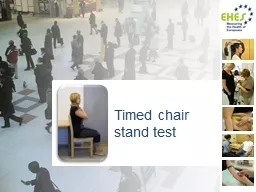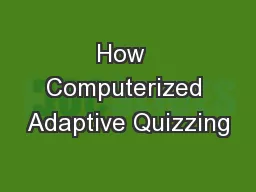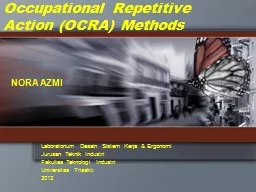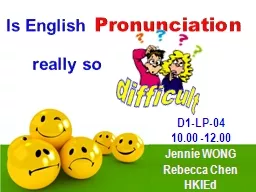PPT-Timed / Repetitive Quizzing
Author : marina-yarberry | Published Date : 2017-06-26
TRQs by Chem21Labs Founded in 2005 by Dr Eddie Brown Professor of Chemistry Lee University Renee Brown 6 th Grade Math teacher Ocoee Middle School and Tennessee
Presentation Embed Code
Download Presentation
Download Presentation The PPT/PDF document "Timed / Repetitive Quizzing" is the property of its rightful owner. Permission is granted to download and print the materials on this website for personal, non-commercial use only, and to display it on your personal computer provided you do not modify the materials and that you retain all copyright notices contained in the materials. By downloading content from our website, you accept the terms of this agreement.
Timed / Repetitive Quizzing: Transcript
Download Rules Of Document
"Timed / Repetitive Quizzing"The content belongs to its owner. You may download and print it for personal use, without modification, and keep all copyright notices. By downloading, you agree to these terms.
Related Documents

